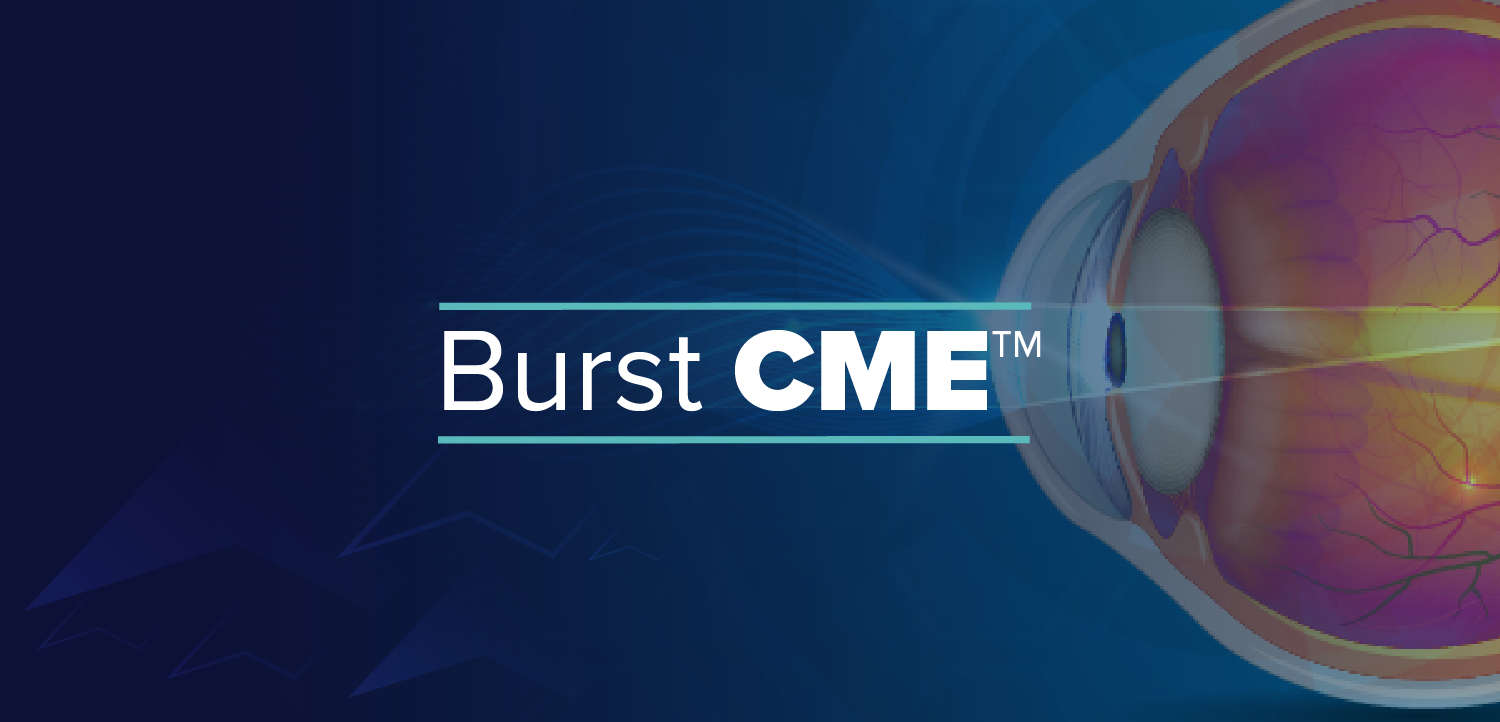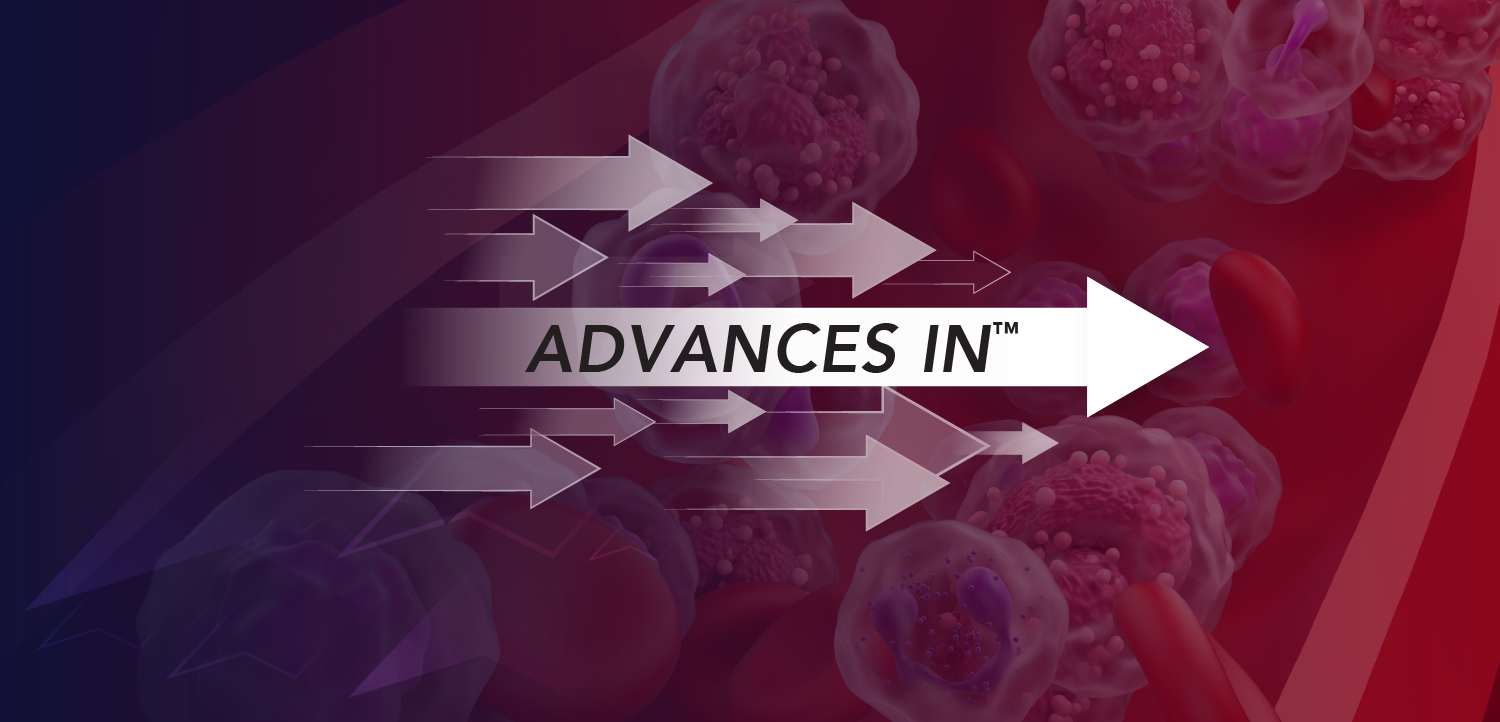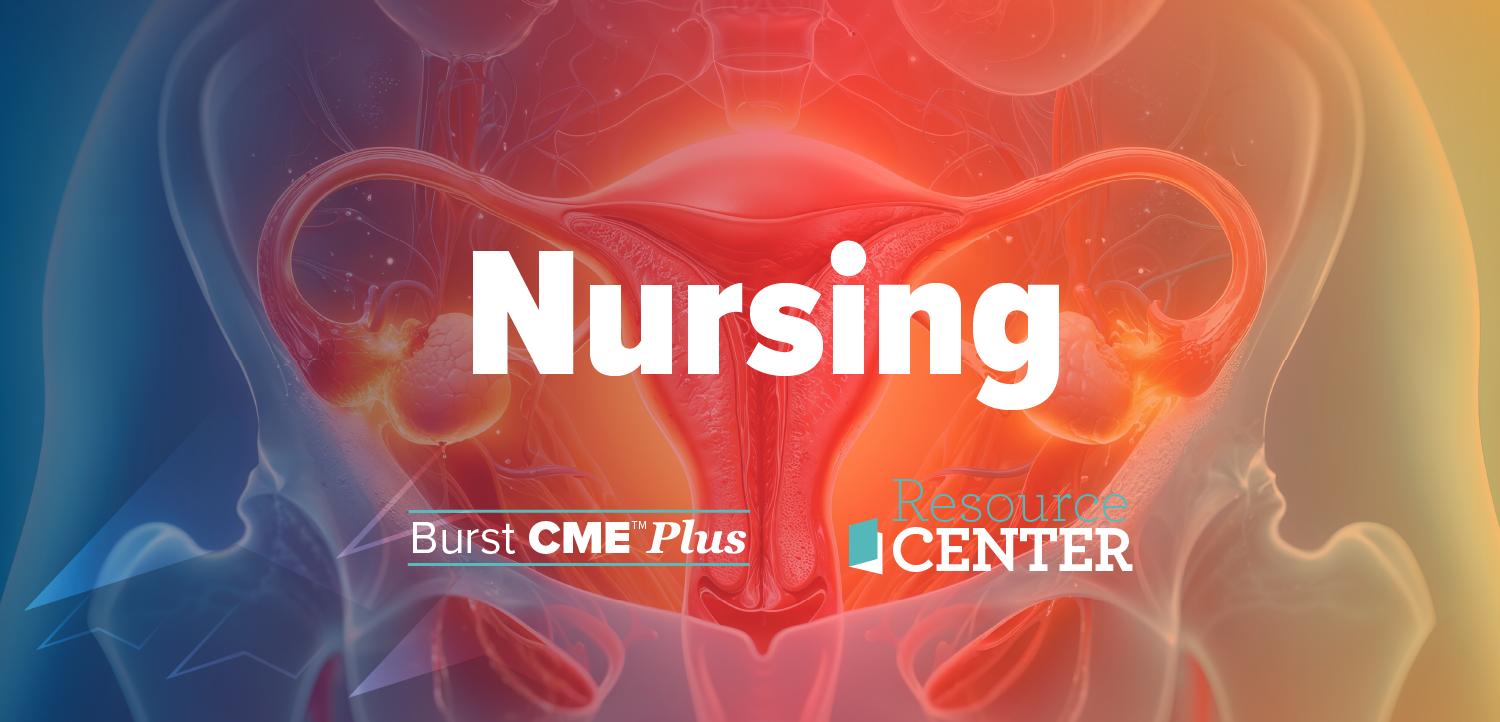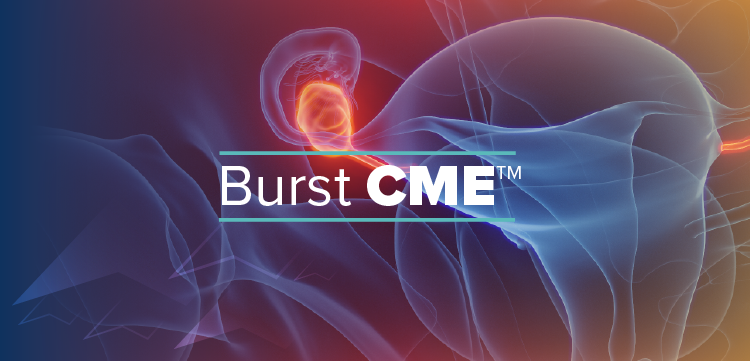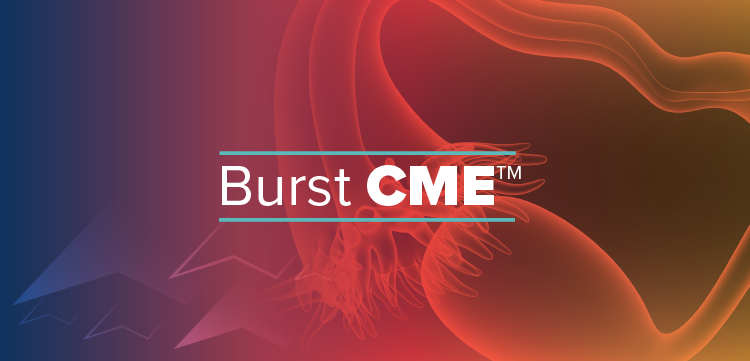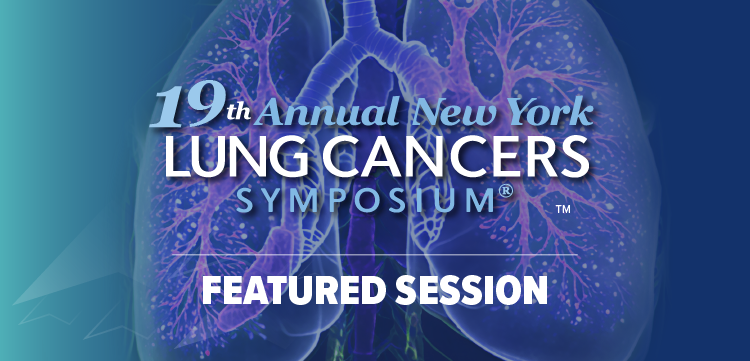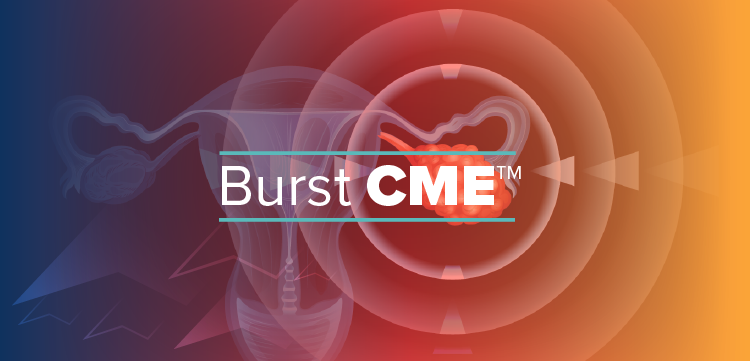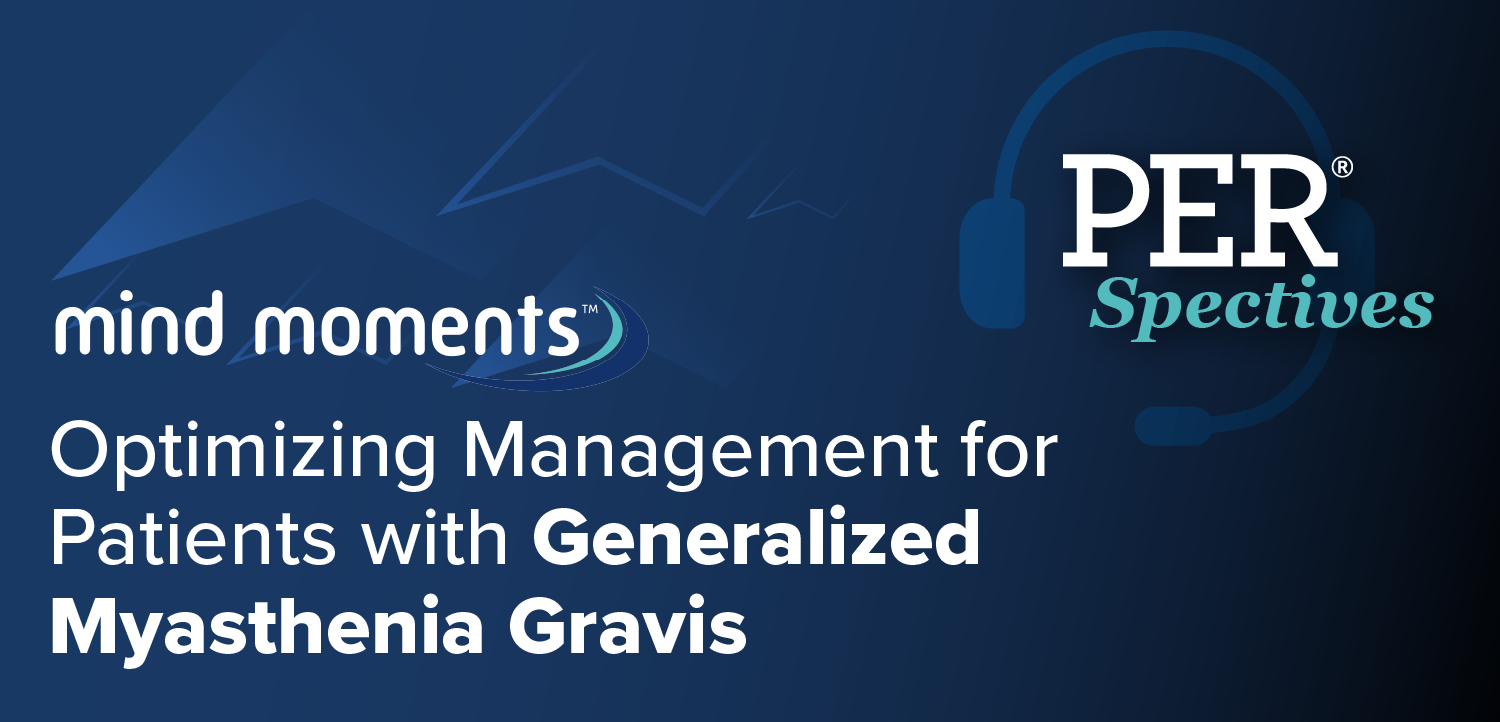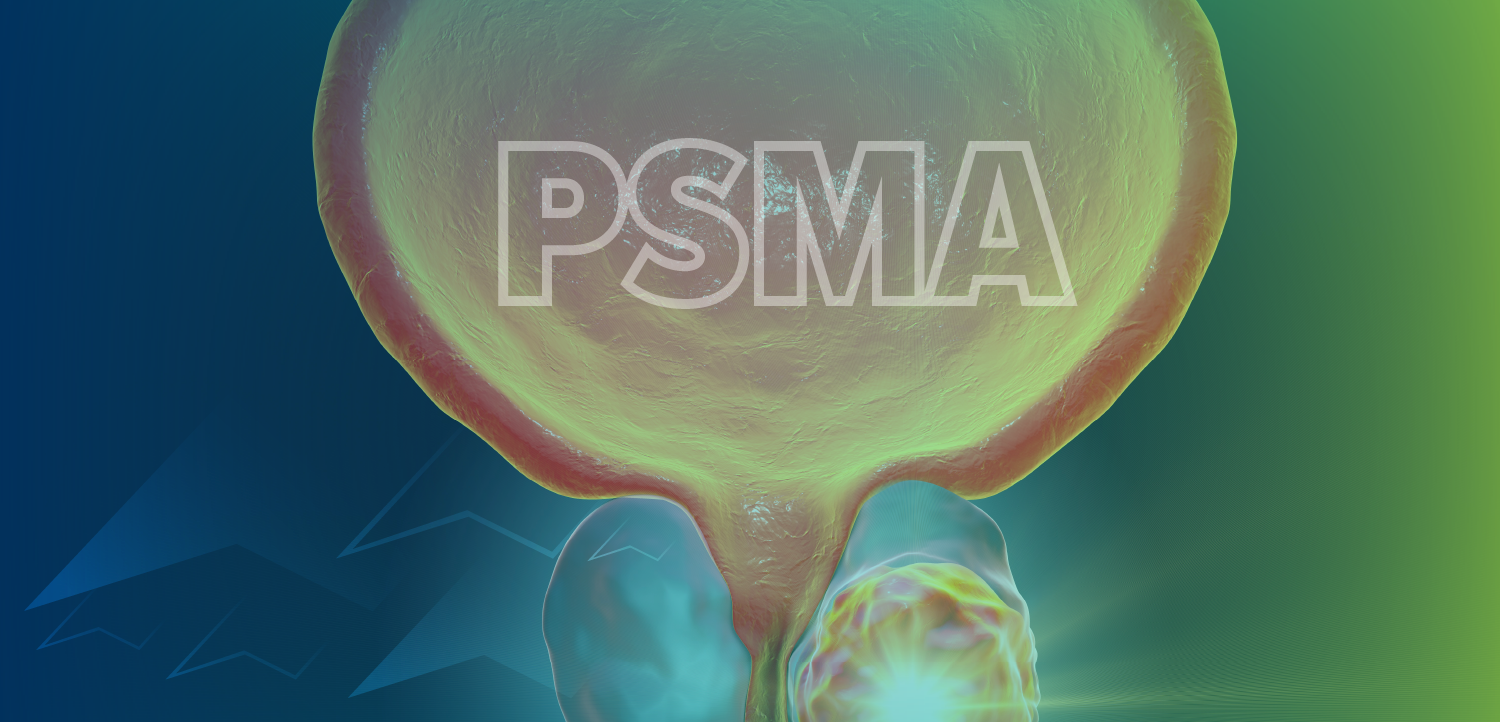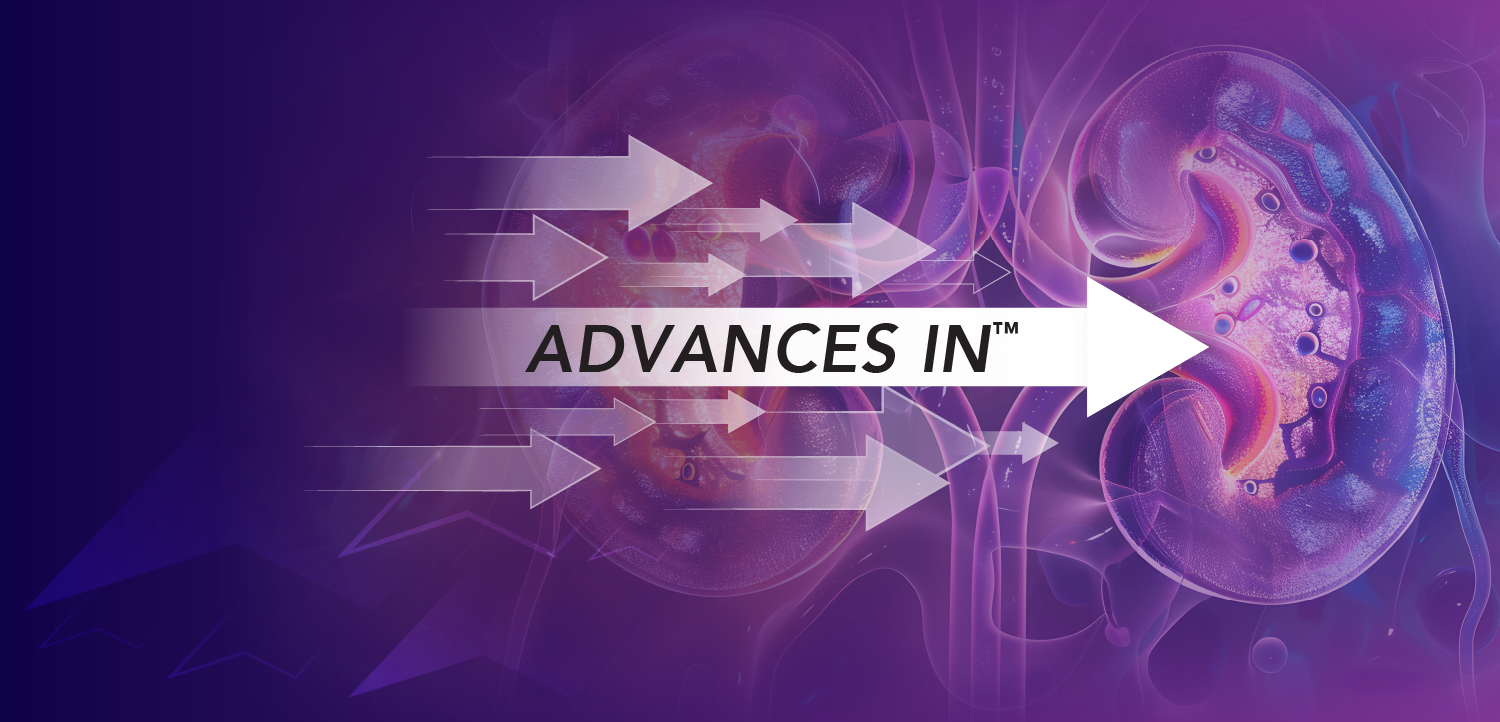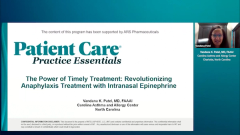
Needles, Nerves, and Knowledge: What Causes Delay to Epinephrine Treatment
A panelist discusses how barriers such as cost, fear of injections, and lack of confidence delay epinephrine use in anaphylaxis and explains how intranasal delivery and updated guidelines may reduce hesitation and improve timely, effective treatment through better education and accessibility.
Episodes in this series

One of the most persistent barriers to effective anaphylaxis management is timely epinephrine use and access. Patients frequently cite cost, uncertainty about when to administer the medication, and discomfort with the injection itself as major reasons for not carrying or using epinephrine. Even when prescriptions are filled, more than half of patients don’t carry their autoinjector consistently. Many also mistakenly believe that strict allergen avoidance alone eliminates the need for emergency preparedness. Caregivers, particularly parents, often lack the confidence to make the call during a crisis, leading to delays that can increase risk of morbidity or mortality.
Despite the known lifesaving benefits of epinephrine, significant gaps in patient education and adherence persist. Studies show that even among those who receive proper training, misuse remains a concern, as up to 70% of untrained individuals and 20% of trained users fail to administer epinephrine correctly. This is not due to lack of concern but often a combination of panic, device confusion, or inadequate reinforcement of training. The availability of intranasal epinephrine may help address some of these issues by offering a needle-free, more user-friendly option. However, regardless of the delivery method, education remains a cornerstone of care.
Recent updates to anaphylaxis guidelines have the potential to reduce fear associated with treatment. Patients who respond promptly and completely to a single dose of epinephrine may not need to activate emergency medical services (EMS) , according to 2023 revisions. This shift could lower the psychological barrier to use, especially among those who previously hesitated out of concern that using epinephrine meant an automatic trip to the emergency department. Clear guidance about when EMS is necessary, such as in cases of severe, persistent, or recurring symptoms, can empower patients and caregivers to act swiftly and confidently without fearing unnecessary consequences.
Newsletter
Enhance your clinical practice with the Patient Care newsletter, offering the latest evidence-based guidelines, diagnostic insights, and treatment strategies for primary care physicians.





